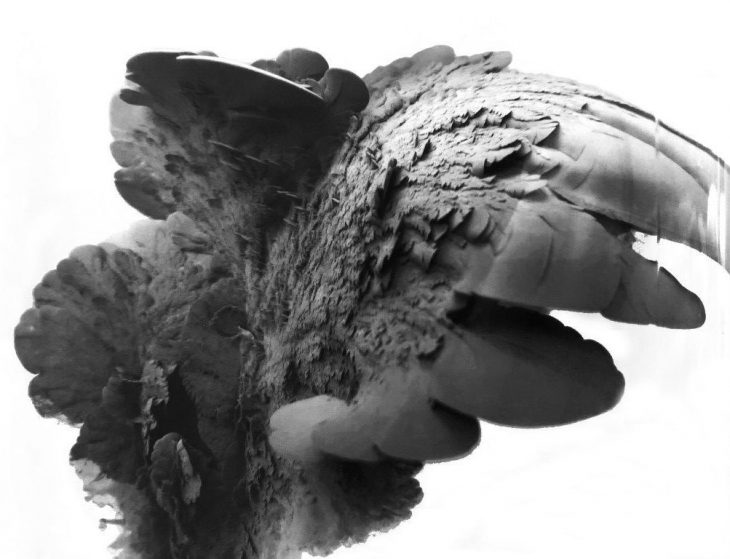
Architecture in general is a static system of spatial configurations which has become too rigid and uniform. The main objective of this research is to question the rigid models of architecture and perceive new ways of generating spaces that are transformable and time-based. Spaces that have the capacity to evolve from its first state and in this way provide a form of multi optimisation. One of the key interests of this research is to create designs with multiple integrated performances triggered over real time. This research looks at two approaches at parallel : one is form finding from natural forms and behaviors obtained by experimenting with fluids in a specific controlled environment with parameters of pressure, temperature and density of the matter. This general approach seeks to form finding by analyzing morphological creations and their features. The other is disciplinary approach based on theories of Manuel DeLanda, D’Arcy Thompson, Cecil Balmond and Achim Menges. Using this methodology will enable to find the relation between specific forms and their applications in different scales through physical and digital methods.
Within studios objective to challenge and investigate elimination of gravitational constrains in the production of architectural devices, this research started with non gravitational and formal behavior research. Through series of explorations, parameters were defined and controlled giving the possibility to recreate each experiment and reproduce forms with the same language. These accumulative experiments were done with the intention of learning from behavioral and formal responses of manipulated matter. By using photogrammetry to scan formations, 3d models were generated which allowed better understanding of the repetition, changes, redundancies and growth of these forms. Structural hierarchy was abstracted from a specific experiment and can be seen as generation of structures of first, second, third and fourth degree. Sometimes there is a “anomaly” where a primary structure appears from the tertiary and so on.
Key words: time, multiple states, morphogenesis, fluid behavior, performance, structure
Hypothesis: Fluid matter with two different viscosities in a specific environment, controlled parameters of temperature, density and pressure are used to extract logics and formations, morphological creations and behaviours for form finding which will be done using mathematical and structural concepts in order to design structures with multiple stable states.
INITIAL FLUID EXPERIMENTS
SOLIDIFICATION OF FLUIDS EXPERIMENTS
CONTROLLED MATTER_growth in time
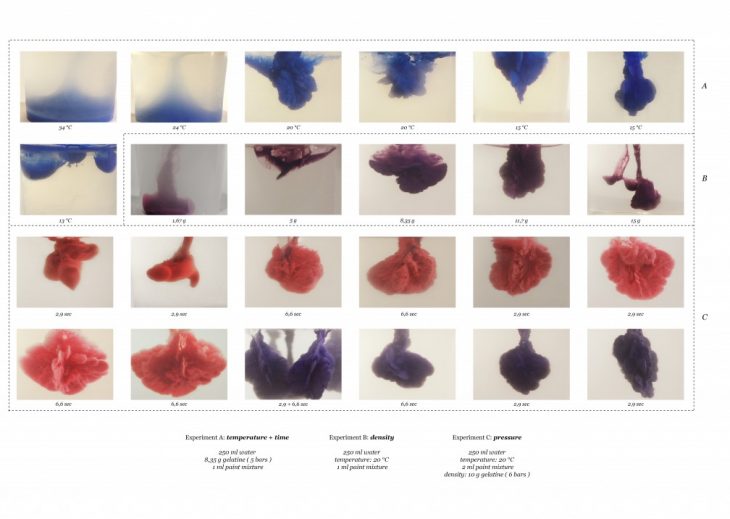 CATALOGUE _Solidification of fluids
CATALOGUE _Solidification of fluids
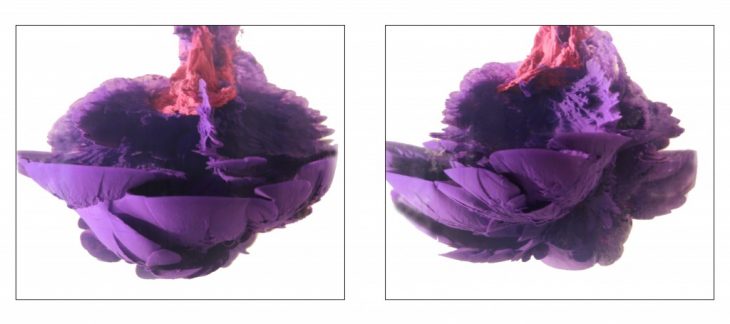
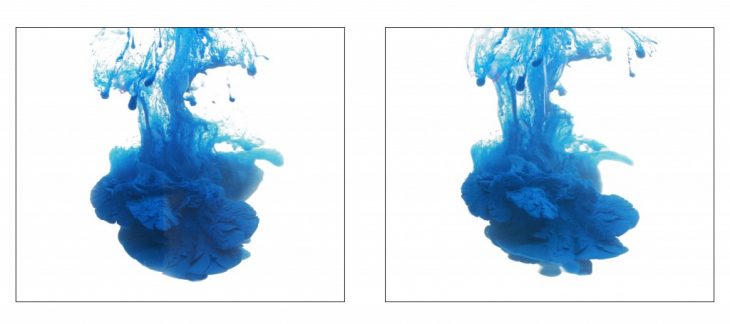
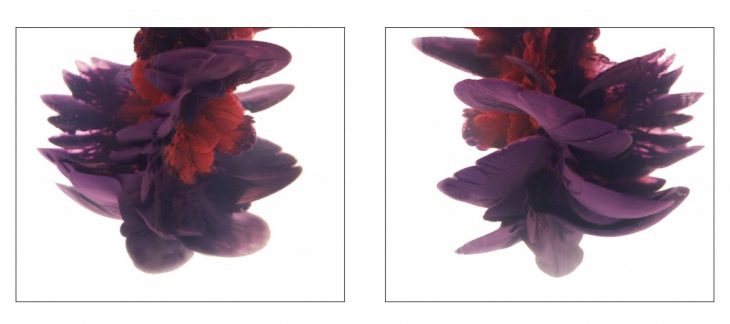 FORMAL RESULTS
FORMAL RESULTS
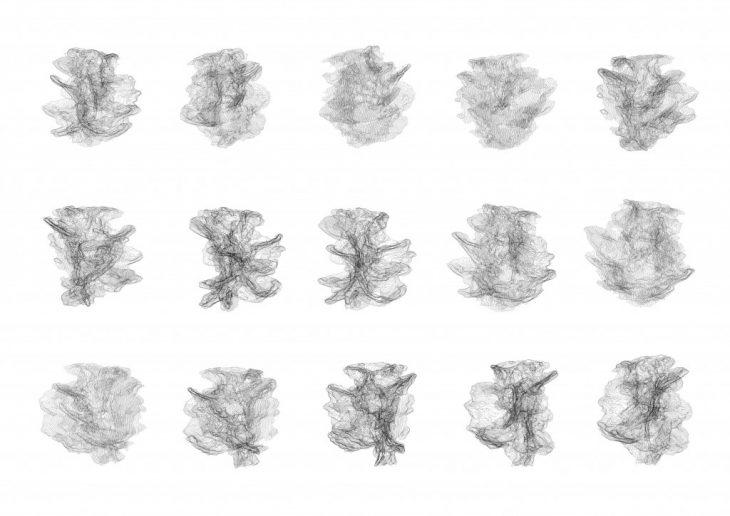
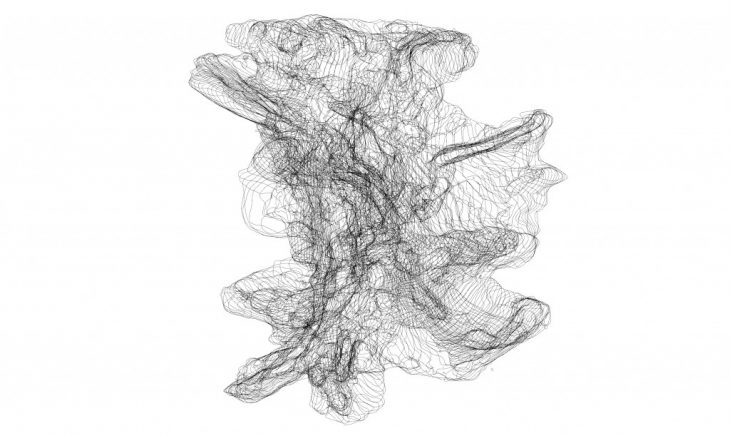
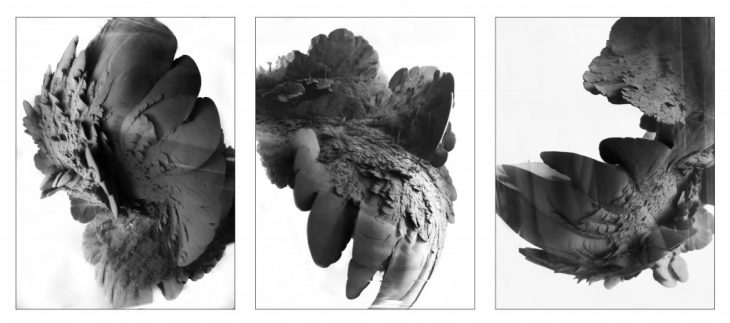

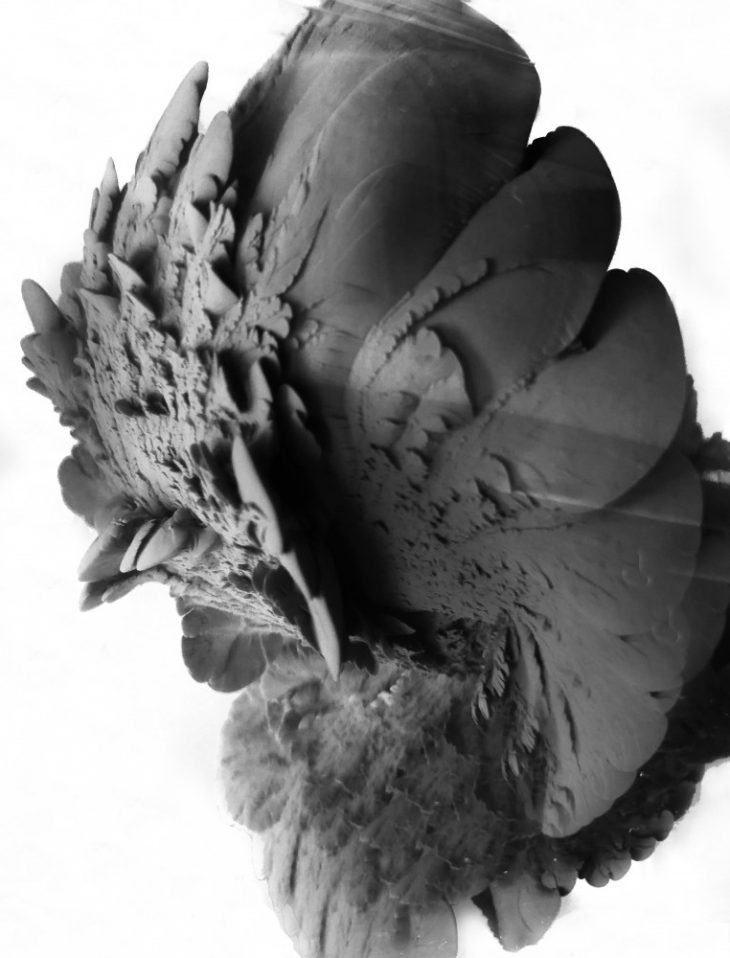
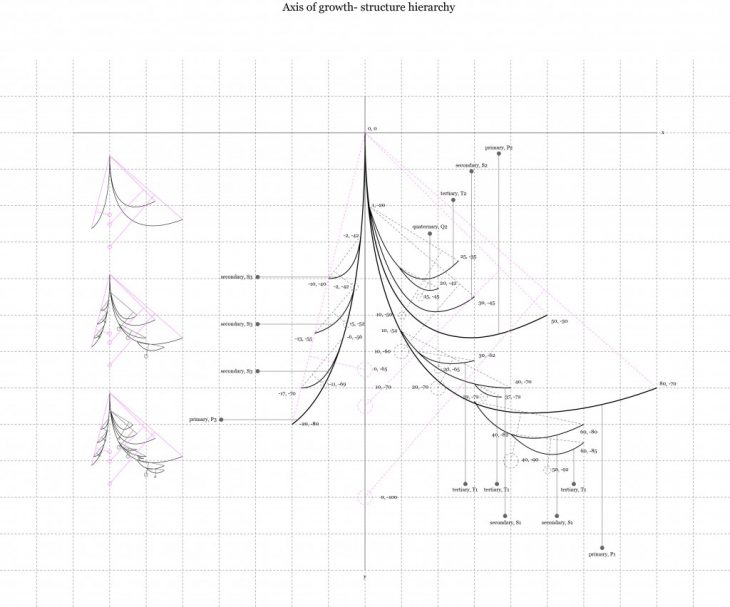
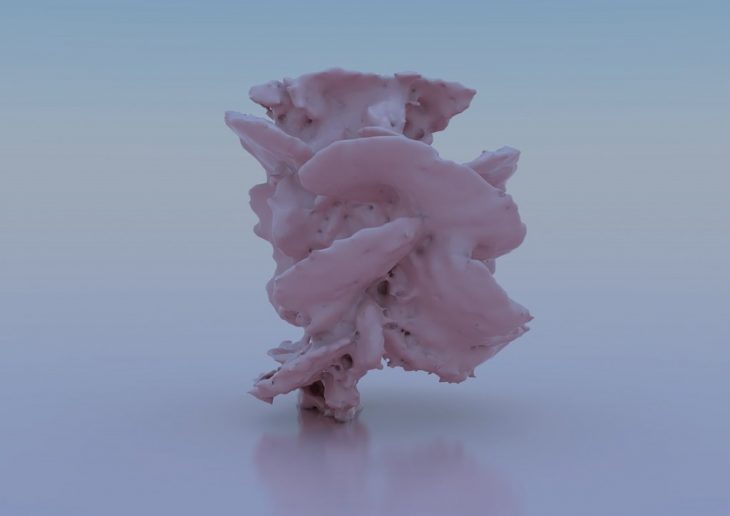
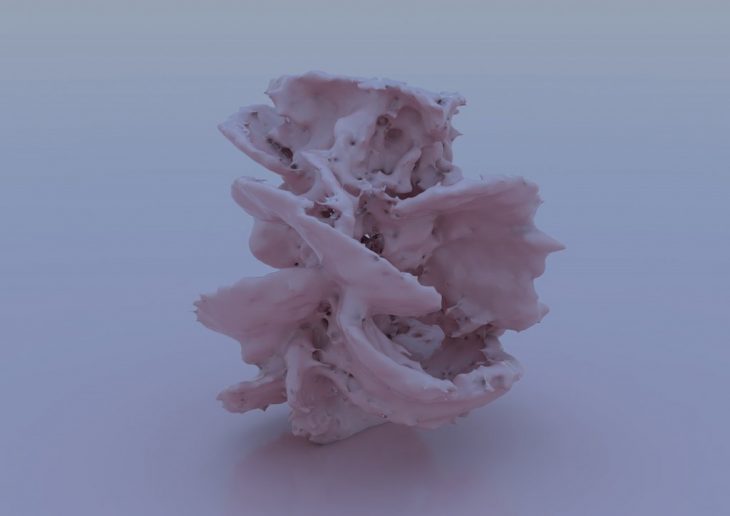 This work is a work in progress developed in Climatic Matter Thesis Studio by:
This work is a work in progress developed in Climatic Matter Thesis Studio by:
Student: Zrinka Radic, Tutors: Jordi Pages, Lluis Viu
MAA02 17/18